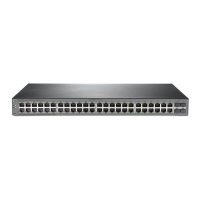
Do you have a question about the HPE OfficeConnect 1920S8G series and is the answer not in the manual?
| Product Series | OfficeConnect 1920S |
|---|---|
| Total Ports | 8 |
| Switching Capacity | 20 Gbps |
| Forwarding Rate | 14.88 Mpps |
| Power Supply | Internal |
| Layer | Layer 2 |
| SFP Slots | 2 |
| Input voltage | 100-240 VAC |
| Operating Temperature | 0°C to 40°C |
| Operating relative humidity | 15% to 95% non-condensing |
| Management | Web browser |
| VLAN Support | Yes |
| Quality of Service (QoS) | Yes |
| Mounting | Desktop or wall mount |
| Warranty | Lifetime |
| Port Type | Gigabit Ethernet |
| Dimensions (W x D x H) | 280 x 160 x 44 mm |
| Security Features | IEEE 802.1X network access control |
Introduces the guide's purpose and scope for managing HPE OfficeConnect 1920S switches.
Defines the intended readers, primarily system administrators and support providers.
Lists the related documentation for the switch series, including setup and configuration guides.
Explains initial network connection for management access via web browser.
Lists supported operating systems and browsers for accessing the web interface.
Provides steps to access the switch via the web interface using username and password.
Describes the layout of the web interface, including navigation pane and dashboard.
Details common buttons like Help, Apply, Refresh, Cancel, and Log Out.
Explains how to save running configuration to flash memory to retain settings.
Describes the graphical switch representation for port status and navigation.
Details how to view port information, link status, and auto-negotiation.
Explains the meaning of Power and Fault/Locator LEDs on the switch.
Describes visual indicators for port states like Active, Disabled, Error, and Inactive.
Displays system information, resource usage, and logged-in users on the switch.
Configures network interface settings like IP address, subnet mask, and gateway.
Configures secure HTTP settings for web-based management.
Configures system clock, timezone, and daylight saving time settings.
Manages user accounts, passwords, and security parameters for switch access.
Configures password rules for user accounts, including complexity and aging.
Configures port operation and various Layer 2 features and capabilities.
Displays operational and administrative status of each port.
Describes how to change port configuration settings like admin mode and MTU.
Displays packet statistics for each port or trunk, including errors and collisions.
Configures sessions to monitor network traffic by mirroring ports.
Enables or disables 802.3x flow control to manage congestion and prevent buffer overflows.
Configures global STP settings and views interface status.
Configures STP bridge parameters like Admin Mode and Protocol Version.
Provides summary information for Multiple Spanning Tree Instances.
Configures Common Spanning Tree (CST) settings for the device.
Views information on bridge protocol data units (BPDUs) transmitted and received.
Displays the status of the loop protection feature on each port.
Configures loop protection settings globally and per interface.
Enables IGMP snooping to intelligently forward multicast traffic.
Explains SNMP agent, MIB, and access control strings for v1/v2.
Details SNMP v3 features like access control and User Security Model.
Manages SNMP access rights by defining communities for v1 and v2.
Configures settings for SNMPv1/v2 management hosts receiving notifications.
Configures settings for SNMPv3 management hosts receiving notifications.
Configures SNMP access control groups for authorization levels.
Configures SNMPv3 user accounts using the User-based Security Model.
Views current VLANs and adds/edits VLAN information.
Provides steps to add new VLANs using IDs or ranges.
Configures how interfaces handle VLAN-tagged, priority-tagged, and untagged traffic.
Configures voice VLAN feature globally and per-port for QoS.
Explains trunking for aggregating links for fault tolerance and load sharing.
Views and edits trunk configurations, including type and admin mode.
Details how to change trunk name, mode, and load balancing algorithm.
Configures global LLDP parameters and port settings.
Views LLDP information advertised by local switch interfaces.
Views information about remote devices from received LLDP notifications.
Displays summary and per-port LLDP/LLDP-MED frame statistics.
Configures LLDP-MED global settings like Fast Start Repeat Count.
Views LLDP-MED information advertised by switch interfaces.
Details switch PoE support, standards, and power capabilities.
Configures global PoE settings like power management mode.
Configures PoE settings per port, including admin mode, priority, and schedule.
Configures schedules for allocating power to PoE ports.
Shows summary information about IP routing configuration for all interfaces.
Configures global routing settings like routing mode and ICMP parameters.
Configures IP routing settings for each interface or VLAN.
Displays summary information about entries in the IP routing table.
Creates and displays static routes in the IP routing table.
Collects and displays routes from multiple sources like static and local routes.
Enables DHCP relay and configures DHCP servers for packet relay.
Adds, views, or deletes DHCP relay configurations for interfaces or VLANs.
Explains ARP protocol and static ARP configuration.
Adds entries to the ARP table and views existing entries.
Changes configuration parameters for the ARP table, like age time and cache size.
Ensures authorized access and blocks unwanted traffic using ACLs.
Enables/disables ACL counters, adds/removes ACLs, and views summary.
Configures rules within existing Access Control Lists.
Adds rules to standard IPv4 ACLs, specifying sequence and action.
Assigns 802.1p priority values to traffic classes on interfaces.
Maps IP DSCP values to internal traffic classes globally.
Applies interface shaping rates to ports based on trust mode.
Defines egress CoS queue behavior, bandwidth, and scheduling.
Configures DoS and ICMP protection features against traffic attacks.
Configures global RADIUS settings and contacts RADIUS servers for AAA.
Views statistical information for each configured RADIUS server.
Shows summary information about configured RADIUS accounting servers.
Configures global Port Access Control settings using IEEE 802.1X.
Configures port access control settings on an interface.
Views statistics for EAPOL frames and EAP messages sent/received.
Configures and views protected ports groups to isolate traffic.
Guides on creating protected ports groups and adding ports.
Protects against packet floods and network degradation using storm control.
Configures Energy Efficient Ethernet (EEE) features for power saving.
Views estimated power savings and consumption information for EEE.
Displays log messages stored locally in RAM (cache).
Configures buffered log and Syslog settings for system messages.
Sends ICMP echo requests to IPv4 addresses to check connectivity.
Sends ICMPv6 echo requests to IPv6 addresses to check connectivity.
Determines the Layer 3 path and time for IPv4 packets to a destination.
Determines the Layer 3 path and time for IPv6 packets to a destination.
Performs a software reboot of the switch.
Restores all settings to their factory default values.
Displays summary information for the switch on a single page.
Tracks MAC addresses associated with each port for unicast traffic forwarding.
Selects active and backup software images for the switch.
Backs up firmware or configuration files and updates switch firmware.
Transfers files from a remote system to the switch using HTTP, TFTP, or SFTP.
Provides contact information and resources for HPE support.
Lists various HPE support and documentation websites.
Links to warranty information for various HPE product categories.
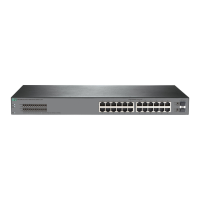
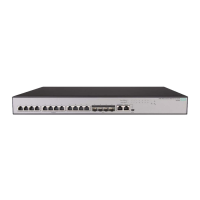
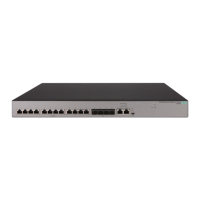
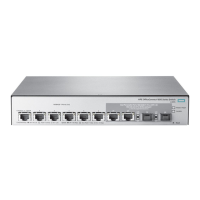
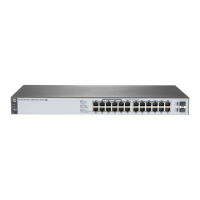
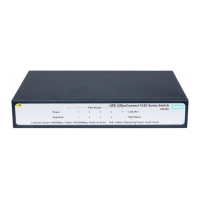
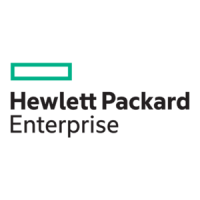

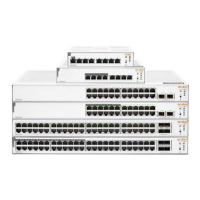
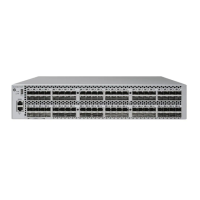
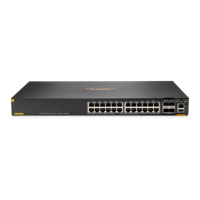
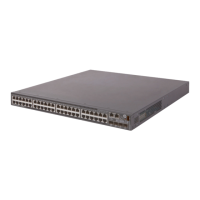
